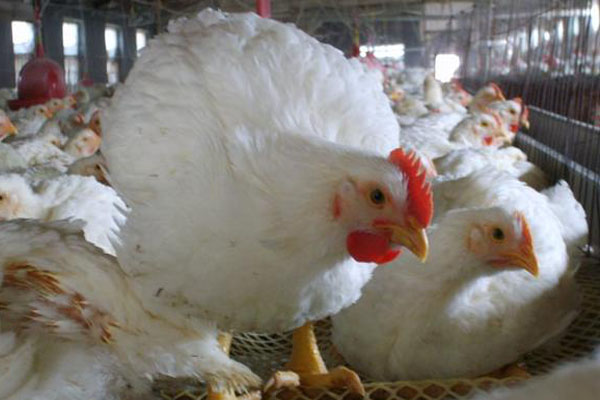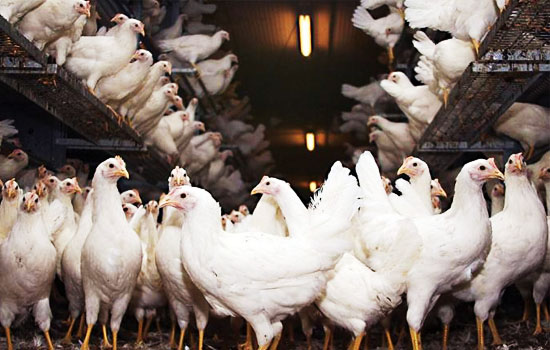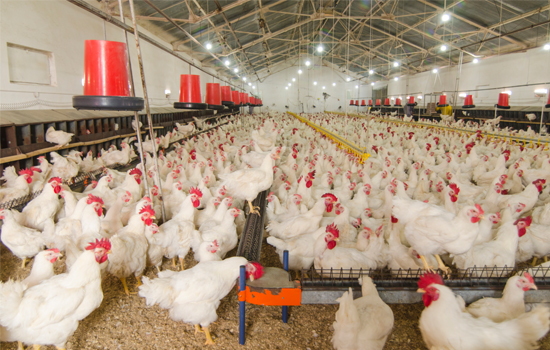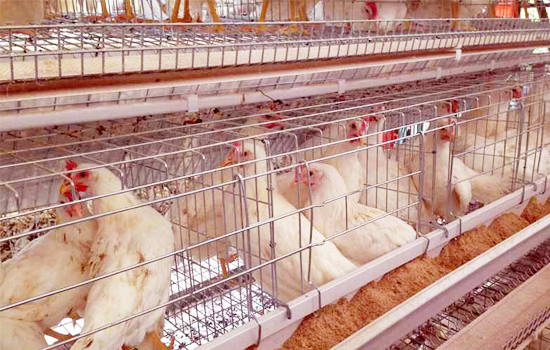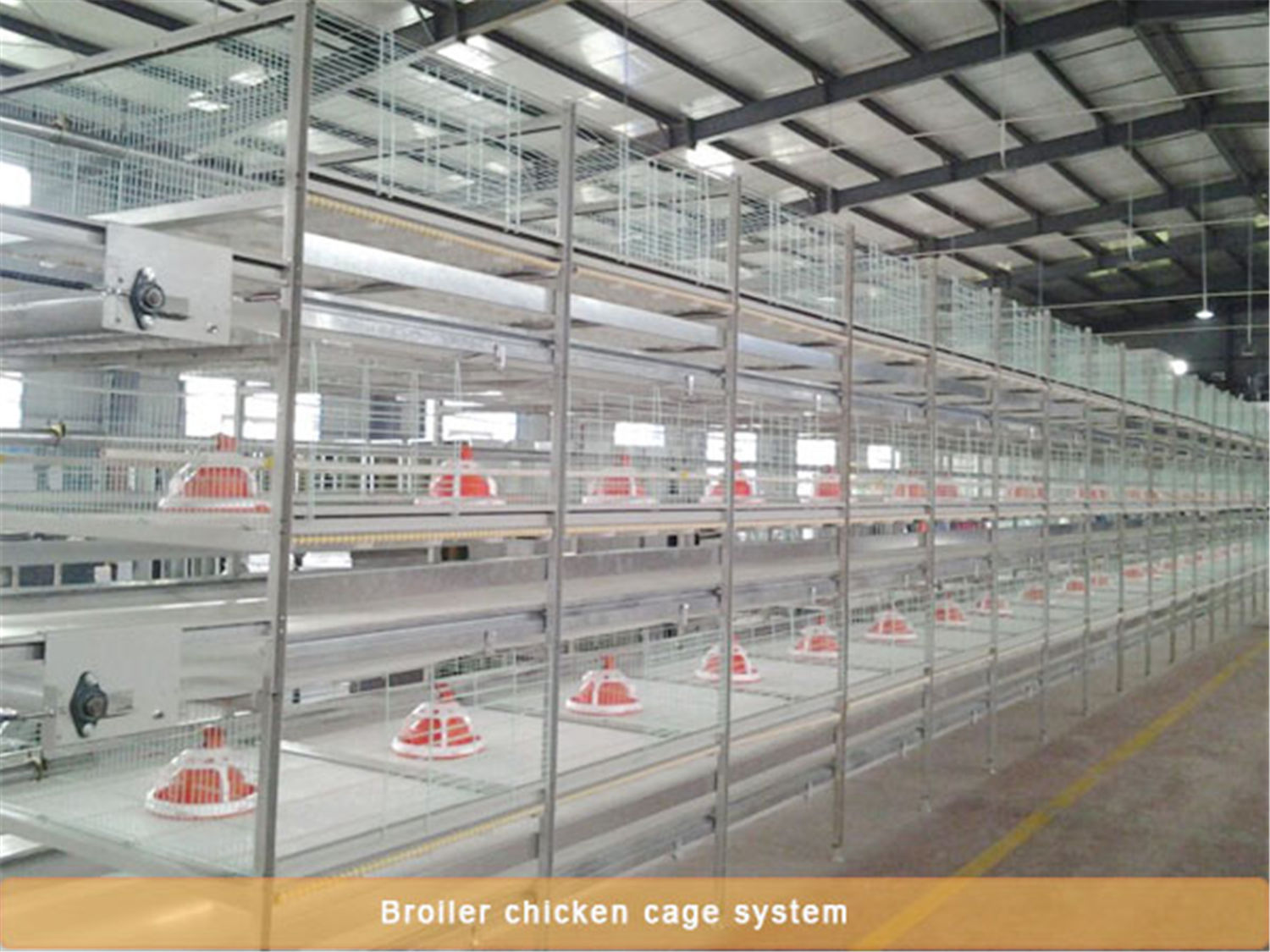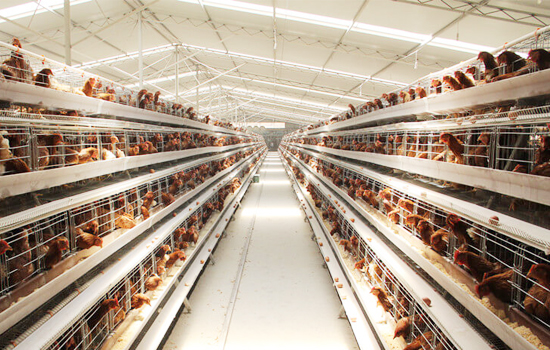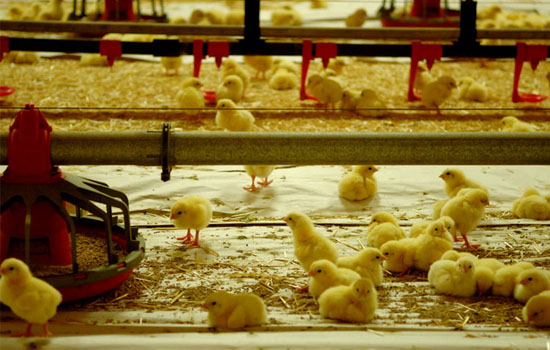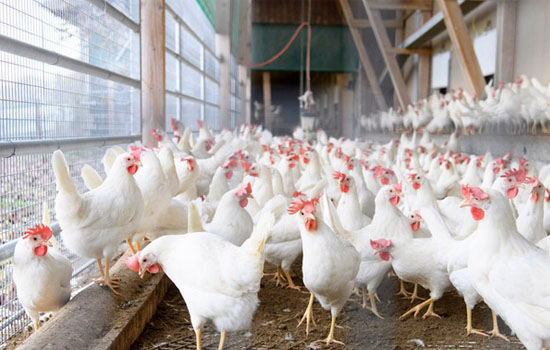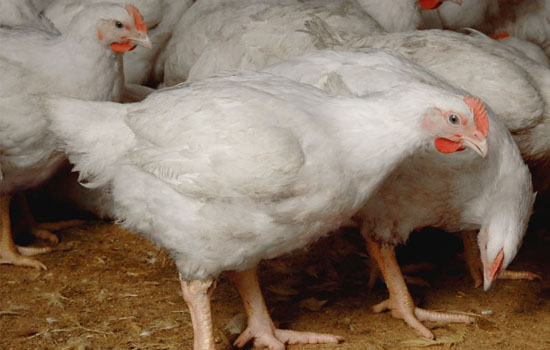1. The stocking density is too high
The main form of laying hen production is small-scale and large groups. Due to the limitation of funds, space, equipment and layer cage system, or the breeders’ one-sided pursuit of the scale of breeding, the density of
brooding and brooding by breeders is generally high. The brooding density in the first week is generally 30 per square meter, but the actual level is twice as high. It is more common, even 2-3 times higher. In some households, the feeding density remains the same from entering the chickens to the cages, and they cannot be evacuated on time in the early stage. The 6-week-old body size and weight are difficult to reach the standard, which directly affects the quality of brooding and growing chickens. In the practice of layer production for many years, I have deeply realized that the stocking density is the primary factor limiting the performance of layer hens.
2. Poor ventilation
In the early brooding period, doors and windows are tightly sealed to keep the chicks warm. As the density increases, secretions and excreta increase, powdery materials are used, feathers and dander fall off, the air in the house is extremely dirty, and the chicks grow in In such an environment, tears, sneezing, arthritis, etc. are in a disease state that seriously affects the growth and development of chickens.
3. The effective positions of the feeder and waterer are not enough, resulting in poor chicken uniformity
Due to the serious shortage of effective space for brooding, the number of early buckets and drinking fountains is unlikely to be large. With the continuous increase of the chicken age and the physical development of the chickens, the chickens can only eat and drink several times in rotation without increasing the number of buckets and drinkers. The quantity and quality of each chicken's food intake are different. , Resulting in poor chicken uniformity. Different disease prevention and control measures, different lighting systems and other factors are also one of the reasons for the lack of peak egg production in the entire hen house.
4. Different batches of chickens in the same chicken house
Individual farms (households) put chickens of different ages in the same chicken house. Due to different breeding management, different disease prevention and control measures, and different light systems, the eggs of the whole chicken house are not seen. One of the reasons for the peak.
5. The maturity of the prenatal and sexual maturity are not synchronized
Generally divided into two situations, one is that the uniformity is less than 80%, the coefficient of variation is more than 10%, and the average weight is lower than the lower limit of the standard. It is seen that the egg age is relatively early and the egg production rate rises for a long time. The egg production peak does not go up, the peak does not go up continuously, the peak duration is short, the egg weight is light, and the death rate is high. The other is that the uniformity is less than 80%, the coefficient of variation is more than 10%, and the average weight is higher than the upper limit of the standard. It is seen that the egg age is late, the consumption of the whole period increases, and the feed-to-egg ratio is high.
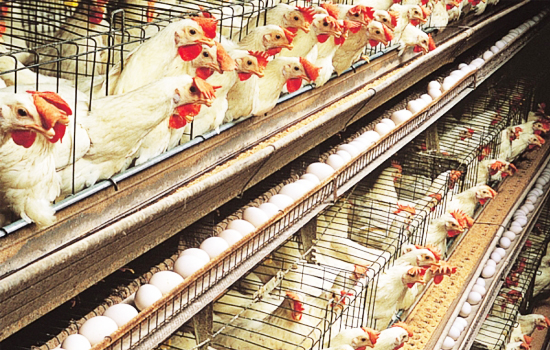
6. Unstable light or insufficient intensity at the laying stage
Practice has proved that 14-15 hours of light per day for laying hens can meet the demand during peak egg production. It is necessary to switch the lights on time when adding light, otherwise it will disturb the reflection of the layer to light stimulation. The electric light should be installed at a height of 1.8-2 meters from the ground. The distance between the light and the light is equal. For a 40-watt bulb, the supplementary light should only be gradually extended. When entering the peak period, the light should be relatively stable and the intensity should be suitable.
7. Unreasonable arrangements for peak egg production
The peak period of laying hens is about 25-35 weeks of age, and the laying rate is generally above 85%. During this period, the laying hens have the most vigorous physiological functions. This precious period must be effectively used. If the chicks are raised in early spring The peak egg production period of chickens is in summer. Due to the hot weather, chicken intake is reduced. Most chicken farms have ineffective heatstroke prevention and cooling measures, or although there are certain measures, it is difficult to reach the most suitable temperature during chicken laying ( 18℃-24℃). In addition, due to the hot weather, artificial cooling or fog machine cooling is required in the house to increase the humidity in the house, and the E. coli is suitable for growth and reproduction. The chickens are prone to colibacillosis, which can also make the laying hens difficult to reach the peak of egg production.
